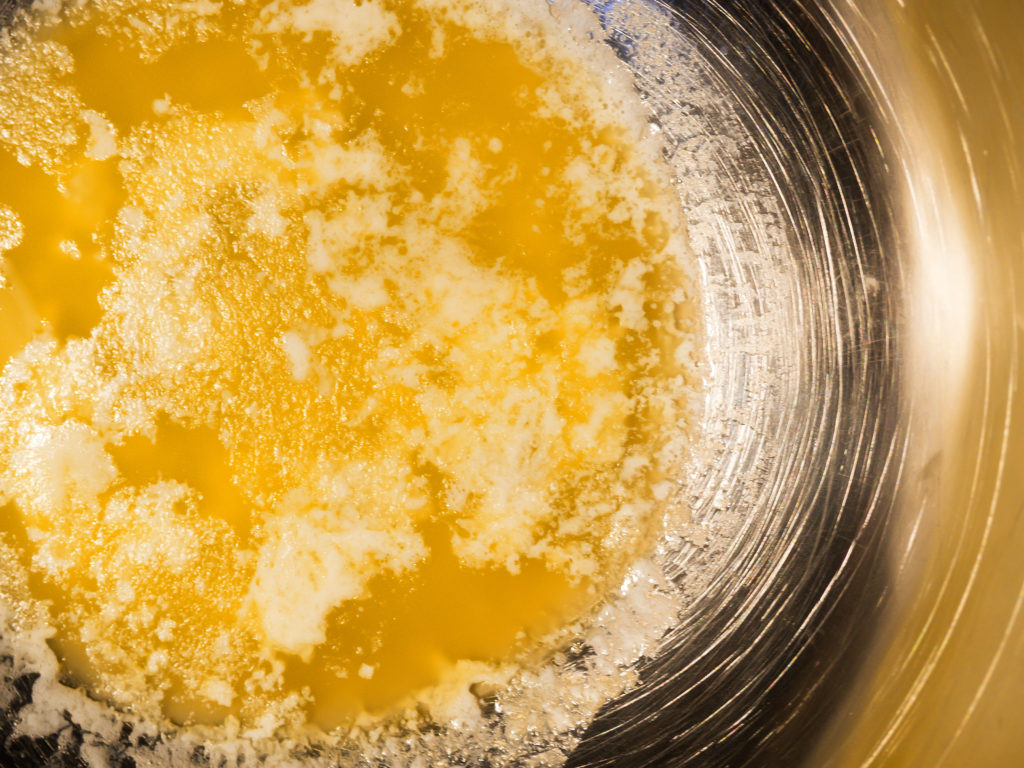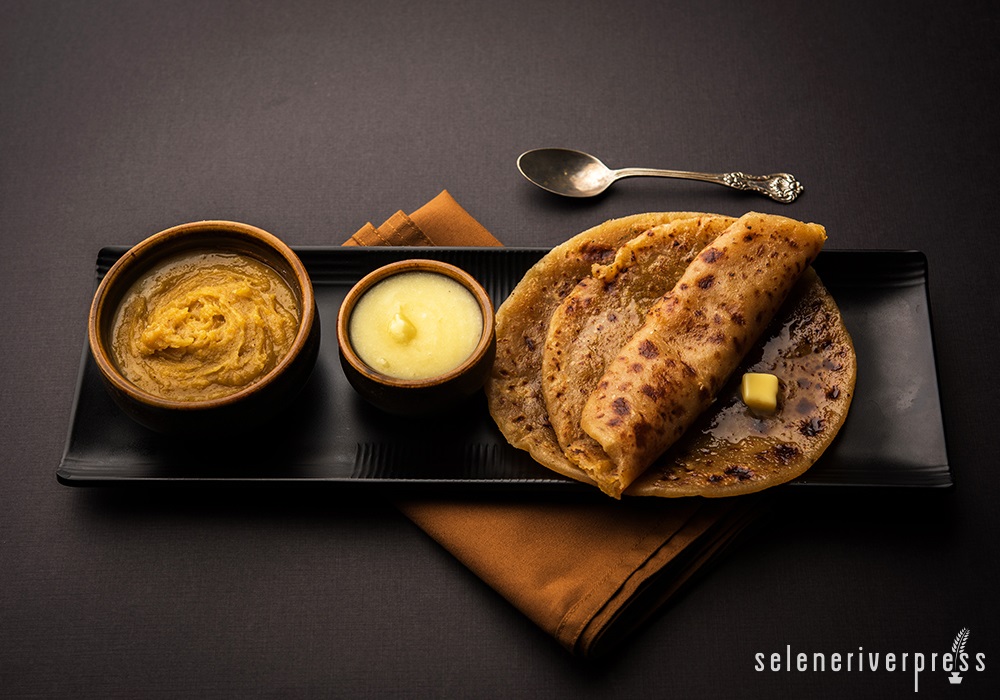While zipping through the grocery store a few days ago, my hubby noticed a jar of ghee. I’d seen the display several times on previous stops without giving it much thought. Interest piqued, he asked, “What is ghee, anyway?” To which I replied, “Do you really want to know?”
Now, why did I ask him rather than just dive right into the explanation? Because I’ve learned over my years of self-health education that these questions are often rhetorical. Not wanting to be mistaken for a know-it-all, I now make sure that a response is actually desired before sharing what I know.
As it turns out, he wasn’t really interested in knowing more. He just thought it was an interesting word to say out loud. Glad I asked.
Thinking about it later that day though, I wondered how much I really knew about ghee. I mean, I had a general understanding, and I had bought a jar once a few years back. But that’s not much knowledge at all. And, you know what? My ever-curious brain really did want to learn more.
Knowing ghee is a close cousin to butter (in fact, made from it), I knew just where to look. Fat: An Appreciation of a Misunderstood Ingredient, with Recipes, by Jennifer McLagan, was sure to offer an explanation of this intriguing ingredient. I was right.
McLagan first clears up a common misconception: ghee and clarified butter are not the same thing. She explains that while they both start with melted butter, the similarities stop there.
- Clarified butter is simply butter that has been melted over low heat until the milk solids separate from the butterfat. However, because these solids provide most of the flavor in butter, clarified butter offers a somewhat bland taste in comparison.
- Ghee takes the process a step further. You continue cooking until the water has boiled off and the milk solids have turned golden brown. Once you strain the solids through a cheesecloth, you’re left with the rich, nutty flavor uniquely ghee.
I was also thrilled to read the juicy historical tidbits that McLagan shares about ghee:
- Ghee was originally made with butter from water buffalo rather than the cow’s milk butter we use today.
- Ghee dates back to 2600 BC. The Indus-Saraswati culture not only used it for cooking but also traded it for copper—the raw material for their art.
- In the oldest Hindu Veda, Rigveda (approximately 1500 BC), ancient Hindu cultures gave their babies and young children a spoonful of ghee each day to protect their health and intelligence. They believed it to be a source of strength and an irreplaceable brain food.
- Ghee was also known for its healing properties, and it played a big role in religious ceremonies to “redeem sinners” and to make any food it was cooked in “complete and pure.”
As you can see, while the jars of ghee on your supermarket shelves may seem like a novelty, it’s been a part of the world’s food culture for a very long time.
An important distinction McLagan makes: if you choose to buy a jar of ghee rather than make it yourself, be sure to look for usili ghee, made with unsalted butter, rather than Vanaspati ghee, which is made from vegetable oils. I don’t have to tell you why butter is better, do I?
Not only does the process of removing the milk solids keep ghee from going rancid as quickly as butter, modern-day nutrition folks have realized several health benefits of using it in your kitchen:
- Ghee contains medium-chain fatty acids, making it heart-healthy and easier to digest.
- If you’re sensitive to dairy, removal of the milk solids can make ghee a reasonable substitute for butter. (Of course, a full-blown allergy to dairy still warrants caution.)
- Ghee contains more butyric acid than butter, which is beneficial for your immune system and has anti-inflammatory qualities.
How do you use ghee? The same as butter. Spread it on your sprouted grains toast for something a little different. Toss a dollop in your sauté pan for most anything you’re making, since it has a higher smoking point than butter. Or get fancy and give Chef Phyllis’s mattar paneer recipe a try. She never disappoints!
If you’ve made it this far, you have a pretty good understanding of ghee, so why not grab a couple sticks of grass-fed, unsalted butter and a heavy saucepan to make some yourself? McLagan has a recipe in Fat: An Appreciation of a Misunderstood Ingredient that’s easy to follow. However, if you aren’t lucky enough to have this gorgeous book on your shelf, check out this video tutorial for homemade ghee to get your first batch started.
Image from iStock/subodhsathe (main), artsandra (post).



